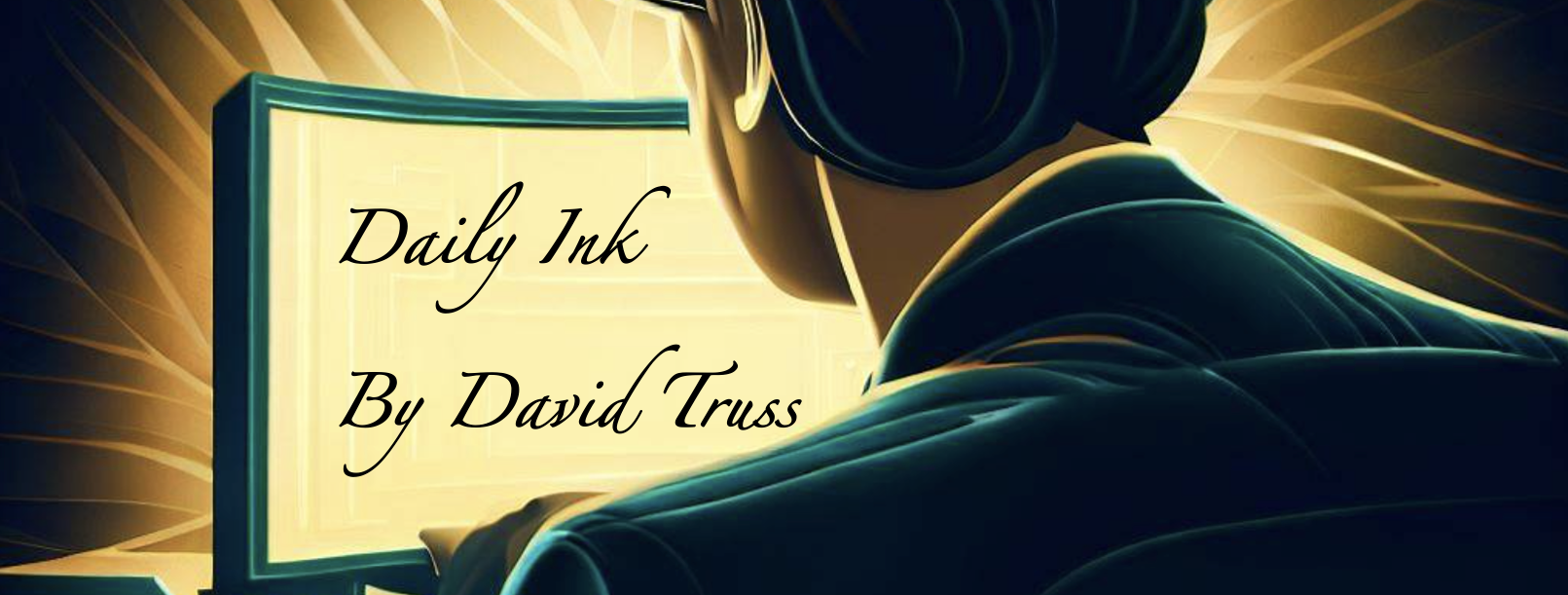Turns out that Artificial Intelligence (AI) is not always very intelligent.
See: The danger of AI is weirder than you think | Janelle Shane
I’m reminded of the saying,
“Be careful what you ask for because you just might get it.”
Parents know about this: Ask a kid to clean their room and you get a disaster in the closet where everything gets shoved in, dirty laundry mixed with clean, etc.
Teachers know this:



If we are not providing the correct parameters to AI machines, the solutions these machines come up with will not necessarily meet the outcomes we intended.

While this can be humorous, it can also have serious consequences, like the examples shared in the Janelle Shane video above. We are still a long way from AI being truly intelligent. While computers are beating humans in strategy games, and although when AI gets as smart as us, computers will be instantly smarter, we are still tackling the really hard problem of putting the right information into more intelligent machines. The rules of a game are easier to define than the rules to hiring good people or interpreting unusual circumstances that a self-driving car will come across.
The challenge is that we don’t know our hidden biases, and our human biases that we are missing when we ask an AI to observe and learn. For instance, a dog, a cat, and a human all see a plate of food falling:
The dog sees access to delicious food.
The cat sees it fall and the crash of the plate sends it fearfully running away.
The human sees a waste of food and is angry for carelessly dropping it.
What would an AI see, especially if it hadn’t seen a plate accidentally drop before? How relevant is the plate? The food? The noise? The cutlery? The mess?
Is the food still edible? What is to be done with the broken plate? Can the cutlery be reused? How do you clean the mess left behind?
What we ask AI to do will become more and more complex, and our perspective of what we want and ask AI to do has inherent biases, based on how we view the world. What we ask for and what we actually want will be inherently different and that is something AI will take some time yet to figure out.











